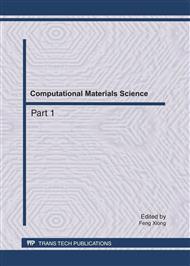p.1077
p.1082
p.1086
p.1092
p.1096
p.1103
p.1110
p.1115
p.1121
The Research on Support Vector Machine Ensemble Based on Adaptive Fuzzy Integral Method
Abstract:
The existed fuzzy integral fusion methods used the prior information of training samples to determine the value of fuzzy density, which is the same to any samples and can not reflect the different importance of support vector machine to different samples. A support vector machine ensemble based on adaptive fuzzy integral is presented, the classification confidence of individual support vector machine to test sample is determined according to the measurement level information and the adaptive fuzzy density is determined according to classification confidence.
Info:
Periodical:
Pages:
1096-1102
Citation:
Online since:
July 2011
Authors:
Price:
Сopyright:
© 2011 Trans Tech Publications Ltd. All Rights Reserved
Share:
Citation:


